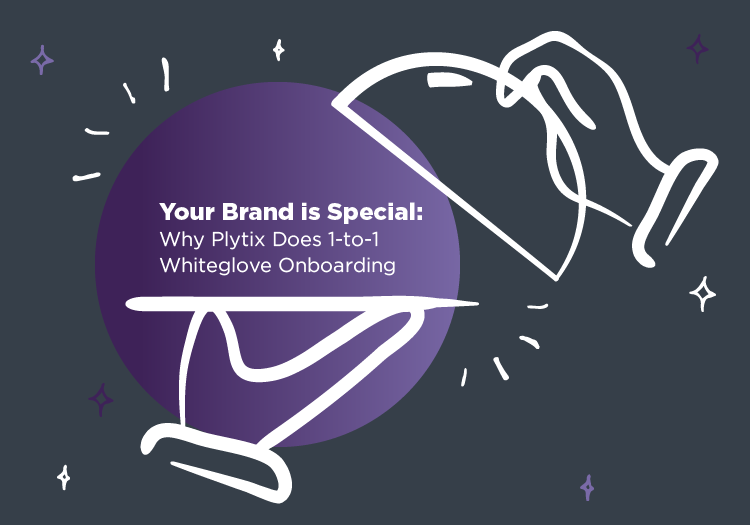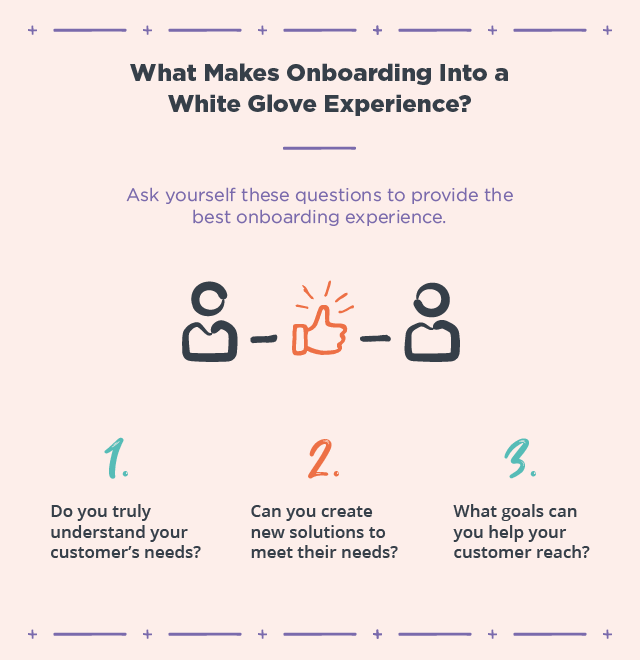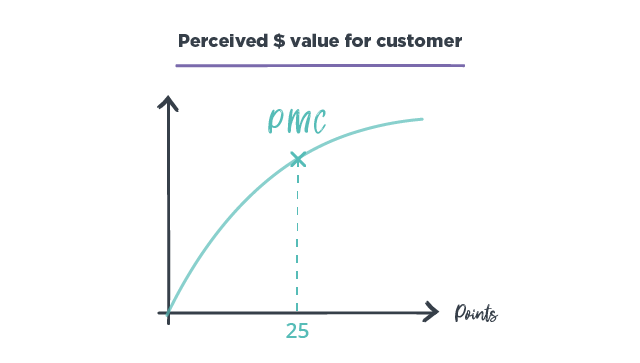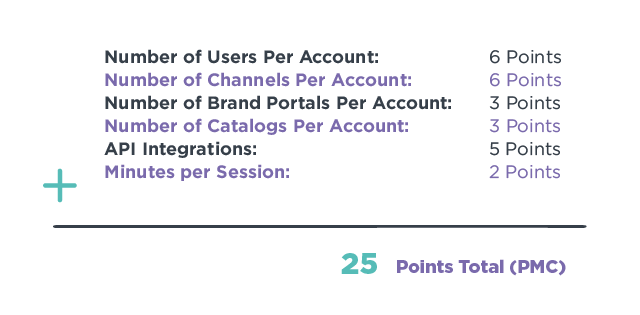Your Brand is Special: Why Plytix Does 1-to-1 Whiteglove Support

Keep the good stuff coming
Subscribe to our blog newsletter and get monthly content that helps you manage product data smarter.
No spam. Just real value.
It may sound obvious to business owners, but those of us attempting to scale a software product for business owners are in danger of forgetting: Every brand is unique.
It’s tempting to try to streamline processes through replication and automation, but at the end of the day, that’s not what’s best for brands. So at Plytix, we set out to find a way to scale our software offerings—while still offering a one-to-one, whiteglove setup process that recognizes that each of our customers has unique needs.
How did it go? We think it’s been pretty successful. Read on to learn more about the reasons we felt this approach was necessary in today’s B2B software world, and how we created a system that ensures every brand gets the maximum return on their investment in as little time as possible with Plytix products.
Why is personalized support so important?
Why is it that salespeople get such a bad rap? Well, we think a big part of the problem is how many salespeople are always ready to talk up their own products and services, but willing to gloss over the problems and challenges that brought customers to them in the first place.
We believe in a different philosophy: That the key to making a sale is helping the customer see how the product can help them. Shift the focus away from your own business, and onto theirs. Make them feel important. Valued. Like you have a genuine stake in helping meet their needs.
That’s what helped us realize why personalized support is so important. It’s putting our money where our mouth is. It’s showing our customers that we not only heard them when they told us about their challenges, but are now ready to step up and show how our products can help solve them.
Why is this so revolutionary? It’s because startups are built to scale, and one-on-one customer experiences just don’t scale easily. Many startups abandon whiteglove services as their business grows, because when you’re talking hundreds or thousands of customers, providing one-on-one touchpoints with all of them starts to feel impossible.
But whiteglove support is too valuable to give up—and we’re not just talking about the value it brings to your customers, though that’s an extremely important part of the puzzle.
With one-on-one setup and support, everybody wins
The value to the customer is only one great reason to offer one-on-one, whiteglove support.
But it also brings benefits to your business.
Imagine you’re a software company tasked with manually offering one-on-one setup and support to 350 customers. It’s a massive task, but during all those one-to-one calls and meetings, you’re able to have conversations with each customer. You’re able to collect data points—about what they need from your software, how they found your product, what features they hope to see in the future, how your sales process worked, and so much more.
Those kinds of conversations can give you the data and information you need to ensure you’re offering a product that customers will get the most value they can out of. It will also allow you to rapidly iterate on any changes you can make to your process to provide a better customer experience.
In other words, with one-to-one, whiteglove support, the customer isn’t the only one who wins—you do, too.
What makes setup and support into a white glove experience?
So as we set out to create the most valuable whiteglove setup process in our industry, we first had to ask ourselves: What makes a great setup process truly great for brands? To answer that, we had to look inward and ask ourselves a few questions. These are the questions we think software companies should be asking themselves as they strive to provide whiteglove support for their customers.

Do you truly understand what the customer needs?
One of the basic tenets of a whiteglove setup experience is meeting one-on-one with the customer and truly getting to know their business, their goals, and what challenges and obstacles they’re seeking to overcome. This may require multiple one-on-one calls. It means you’ll have to ask a lot of questions. It means you should treat each customer like you have a personal stake in their business success—because you do.
How can you create new solutions to meet those needs?
Once you’re confident that you know what your customer needs from you and your product or service, you need to ensure that you’re actually the right fit for them. Can your offering deliver solutions and value to the customer? If not now, can you use it to create new solutions that will help the customer achieve their goals? This is whiteglove support, which means tailoring solutions to what each customer needs.
What goals will you help your customers reach?
As you find solutions to your customer’s problems and challenges, it’s important to also think about the big picture—what long-term goals does the customer want to achieve, and how do you fit into their journey toward reaching them? This goes for business goals, but personal goals as well—whiteglove support means getting personal with your customers and treating them like more than just another account.
How Plytix uses 1-to-1 support to ensure maximum customer success
We now know that whiteglove support is extremely valuable (both for customers and for software companies). But we also know that it’s highly personalized, time-consuming, and difficult to scale. And with those challenges comes a new one: How can you ensure that all the parties involved are getting enough value from one-to-one setup to make the time investment worth it?
That’s the question we set out to answer at Plytix.
We already knew that every brand is special and deserves personalized, one-on-one support. But what we didn’t know was how to quantify the value our customers could get from that process. That’s why we created our “North Star” metric: The point of minimum churn.

By looking at historical data from our users—including the ones who churned—we were able to identify certain behaviors that our most successful customers exhibit when using Plytix products. From there, we started assigning point values to different behaviors, depending on how much of an impact each behavior had on a customer’s success. We soon learned that 25 points is the sweet spot—if a customer exhibits enough behaviors to net 25 points, we know they’re getting enough value out of Plytix products to justify the expense, and they’re likely to stay loyal customers.
So from there, we were able to apply our point system to our setup process. With each customer, we go in with our list of value-adding behaviors, and we try to find a way to get that customer to 25 points. That’s when we know they’re getting enough value out of our products to be satisfied, happy, loyal customers.

The path to the point of minimum churn is different for each client, and the behaviors they exhibit to get there need to be tailored depending on their goals and their organization’s challenges. But this system gives our team a starting point, and a way to still provide personalized, whiteglove support while also having a template for success. It makes sure the customer gets as much value as possible as quickly as possible, and it guides our team to streamline the process of getting them there. Everyone wins.
Ready to get the whiteglove customer experience?
See how Plytix can help your business achieve its goals, and experience the whiteglove setup process that all our customers love.
Morten Poulsen
Morten Poulsen is the CEO and founder at Plytix, a Product Information Management software company focused on helping SMBs compete in a world stacked against them. He brings years of experience in PIM, marketing, and ecommerce tech.

What if your product data actually worked for you?
We’ll show you how Plytix helps you stop fixing data—and start using it.
Related posts
Keep the good stuff coming
Subscribe to our blog newsletter and get monthly content that helps you manage product data smarter.
No spam. Just real value.




Think others should see this?
Go ahead and share it.